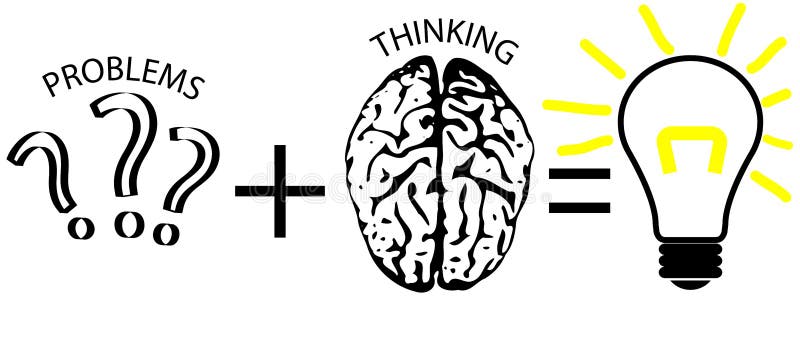What is Domain
What is a domain name| Domain name versus URL
A domain name is a unique, easily remembered address used to access websites, such as ‘google.com’, and ‘facebook.com’. Users can connect to websites using domain names because of the DNS system.
What is a domain name?
A domain name is a series of text that identifies an IP address for numbers, which is used to access a website through client software. In plain English, a domain name is the text a user typed in a browser window to access a specific website. For example, the Google domain name is ‘google.com’.
The actual website address is a complex numeric IP address (e.g. 102.21.344.0), but thanks to DNS, users are able to enter domain names that are suitable for people and to be redirected to the websites they want. This process is known as DNS lookup.
Who owns domain names?
Domain names are all managed by domain registration, which sends domain name bookings to registrants. Anyone who wants to create a website can register a domain name and registrar, and there are currently over 300 million registered domain names.
What is the difference between a domain name and a URL?
The uniform resource locator (URL), sometimes called a web address, contains the site's domain name and other information, including the transfer protocol and method. For example, in the URL 'https://cloudflare.com/learning/', 'cloudflare.com' is the domain name, while 'https' is a protocol and '/ learning /' is the path to a particular open page. website.
What are the components of a domain name?
Domain names are usually divided into two or three parts, each with a dot. When reading right-to-left, the identifiers in domain names go from very often very specific. The section on the right in the last dot in the domain name is the top domain (TLD). These include 'standard' TLDs such as '. Com', '.net', and '. Org', as well as country-specific TLDs such as '.k' and '.jp'.
To the left of the TLD is a second level (2LD) and if there is something left of 2LD, it is called a third level (3LD) domain. Let's look at a few examples:
By Google US domain name, 'google.com':
'. Com' is the TLD (most common)
'Google' is 2LD (very specific)
But with Google UK domain name, 'google.co.uk':
'. Com' is the TLD (most common)
The '. Co' * is 2LD
'Google' is 3LD (very specific)
* In this case, 2LD indicates the type of organization that registered the domain (.co in the UK for companies registered with companies).
How to keep a domain name safe
Once the domain name is registered with the registrar, that registrar is responsible for notifying the registrant when his or her domain is about to expire and giving them an opportunity to renew, ensuring that they do not lose their domain name. In some cases, registrars will consume the domain names of their expired users by purchasing those domains when they expire a second time and selling them back to the real registrar at an exorbitant price. It is important to choose a reliable and trustworthy registrar to avoid these types of looting practices.



No comments
Thanks you